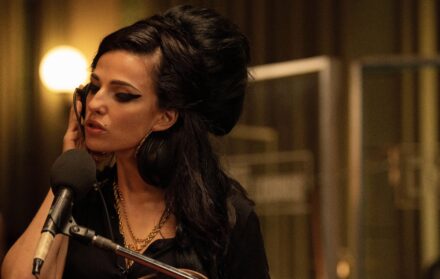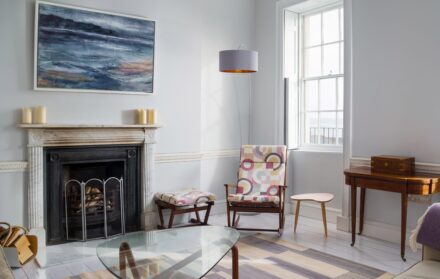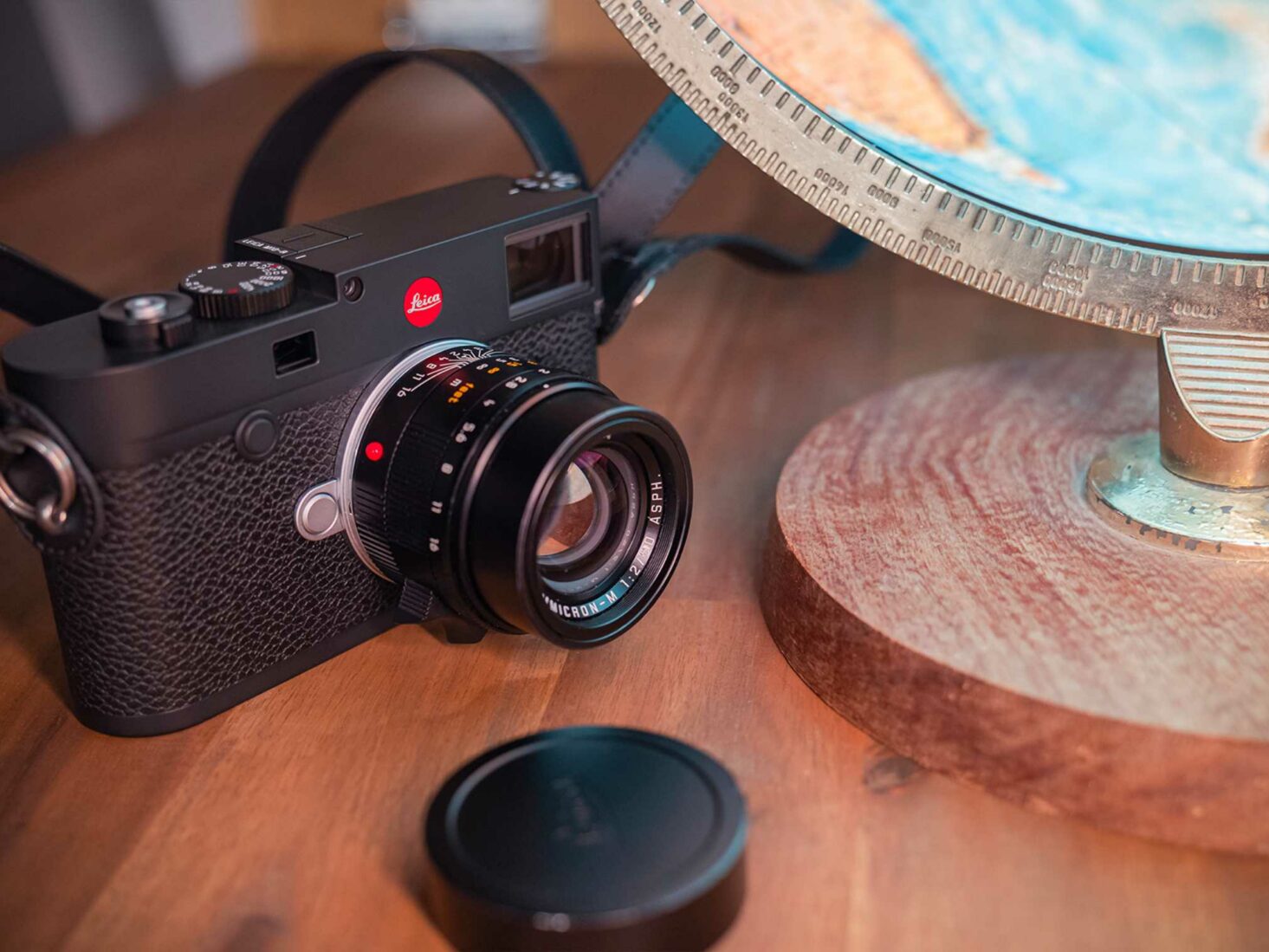
How Leica, the 107-year-old camera company, has survived and thrived in a digital age
While the era of smartphones has all but decimated the affordable camera market, the luxury arm continues to prosper – with Leica leading the charge. The company’s UK managing director, Jason Heward, explains how the heritage
When the South Vietnamese air force dropped a napalm bomb on a village just outside of Trang Bang, photojournalist Nick Ut was there to capture the moment. Running up the highway towards him, shadowed by a flank of soldiers, was a group of screaming children, one of whom was so badly burnt she had ripped off her clothes in an attempt to stop the pain. His harrowing photograph of the scene exposed the horrors of the Vietnam War to the world, and prompted President Nixon to publicly question the image’s legitimacy. Most commonly known as Napalm Girl, the Pulizter Prize-winning photograph became a defining moment in the conflict, and served to strengthen the anti-war movement in the States. The image had such an impact that America ended its involvement in the war the very same year it was published.
Such is the power of a photograph. As the equipment of choice for Ut, and many of the world’s most prestigious photojournalists, German camera brand Leica knows all too well how important an image can be, not least because its cameras have been enablers for some of history’s most iconic pictures. The US Navy sailor stealing a kiss from a stranger in Times Square, following the end of World War II? Shot on a Leica. The portrait of Che Guevara, his brow furrowed and his expression stoic? Another Leica shot. Muhammed Ali punching the lens; a cheerful workman painting the Eiffel Tower 300m above Paris; the Soviet flag being waved over a burning Berlin? Leica, Leica and Leica again.

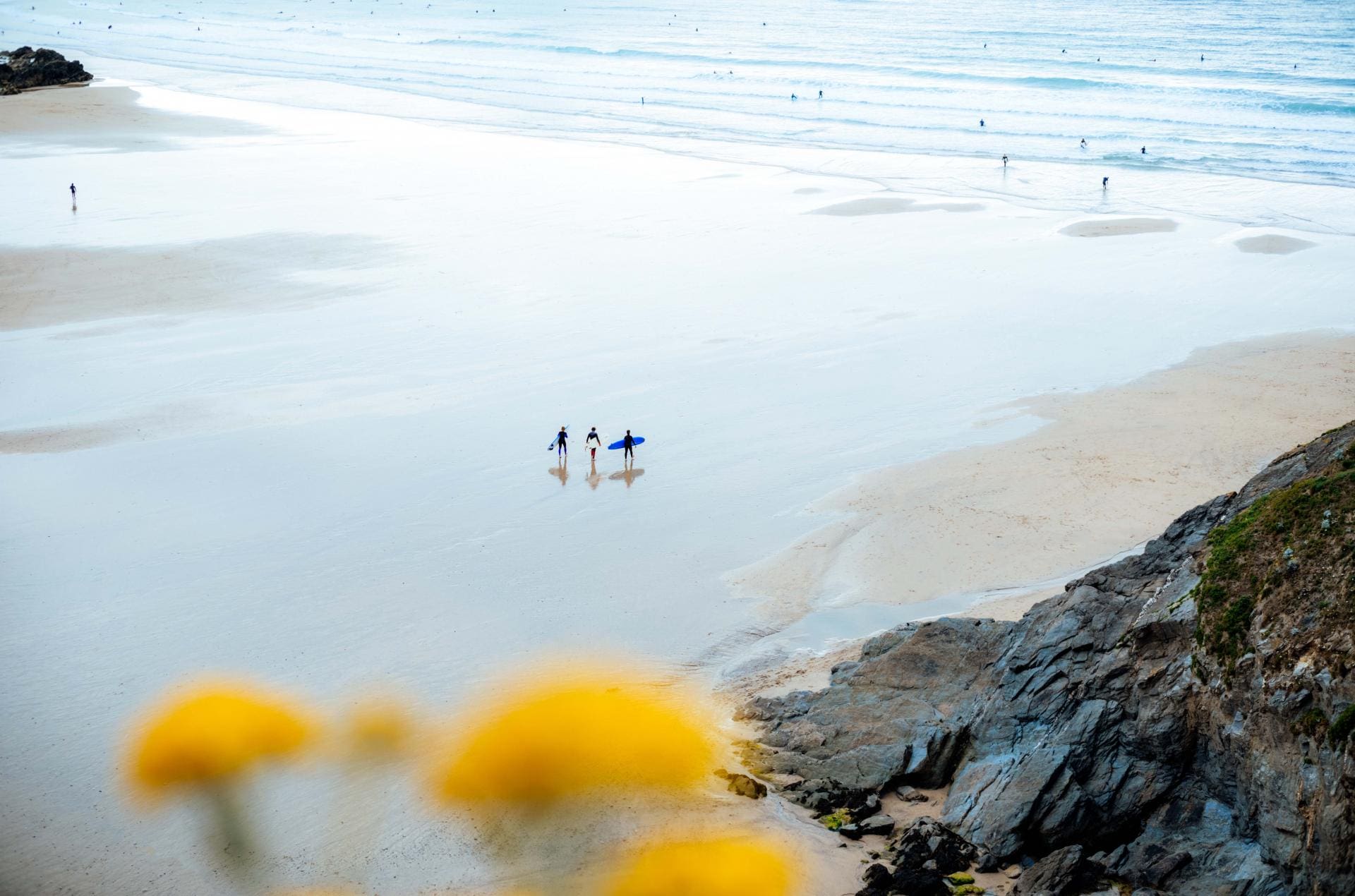
Today, the opportunity to capture a moment in history, and have it viewed the world over, is all the easier thanks to the invention of smartphones — but Leica has done what perhaps no other camera brand has managed: not only survived in an increasingly digital world, but thrived.
Founded in 1849 by Ernst Leitz, Leica began life as a glasses and telescope manufacturer, before employee Oskar Barnack built the company’s first 35mm still camera, the Ur-Leica, in 1914. Production was stalled due to the First World War, but eventually a refined version, the Leica 1, was unveiled to the public in 1924, becoming the first commercially-available 35mm still camera and marking the start of a new era for photography in the process.
In the almost-century since, the camera industry has seen both spectacular growth and catastrophic decline. According to data released by Statista, the industry was at its peak in 2010, producing more than 121 million new cameras that year. By 2018, that number had dropped by 84 per cent, to just 19 million. It’s hard to think of another industry that has struggled with such a paradox; as the means for photography have become more readily available, to the point where almost everyone is walking around with an excellent camera in their pocket at all times, the camera industry itself has shrunk exponentially. Leica, managing director Jason Heward says, has weathered the storm because of its position as a premium product that enables budding photographers to explore and harness their creativity. It is a brand you graduate to when you want to take your hobby to the next level.

“The lower end of the camera market is gone, and a lot of companies have had a real problem because of that, but Leica has just continued to grow year-on-year and is probably the only camera manufacturer that is growing,” Heward says. “I think that’s because we embrace all aspects of photography. To me, it’s great that people are using smartphones because it means more of us are taking pictures all the time, and more of us are telling our life stories through images — whether that’s on a phone or a camera. That can only be a good thing, and I suppose there’s still enough of a difference between the image you’ll capture on a Leica camera and the image you’ll capture on a smartphone. Smartphones are a way into photography and once you’re into it you’ll then progress to cameras and will start wanting to experiment with lenses and looking at things like composition.”
To invest in a Leica is to invest in a serious bit of kit; the brand caters to a range of levels and needs but, with cameras starting from £1,075 for an entry-level D-Lux 7 and going up to £16,500 for an S3 DSLR, it certainly appeals more to the serious photographer than your average Instagram fan. Produced on an assembly line in the brand’s Wetzlar factory, each Leica camera is the product of meticulous mechanical precision. In some cases, it can take as much as six weeks to create a single lens. Such a painstaking process affords the brand greater opportunity for technical innovation than its competitors whose products are mass manufactured.
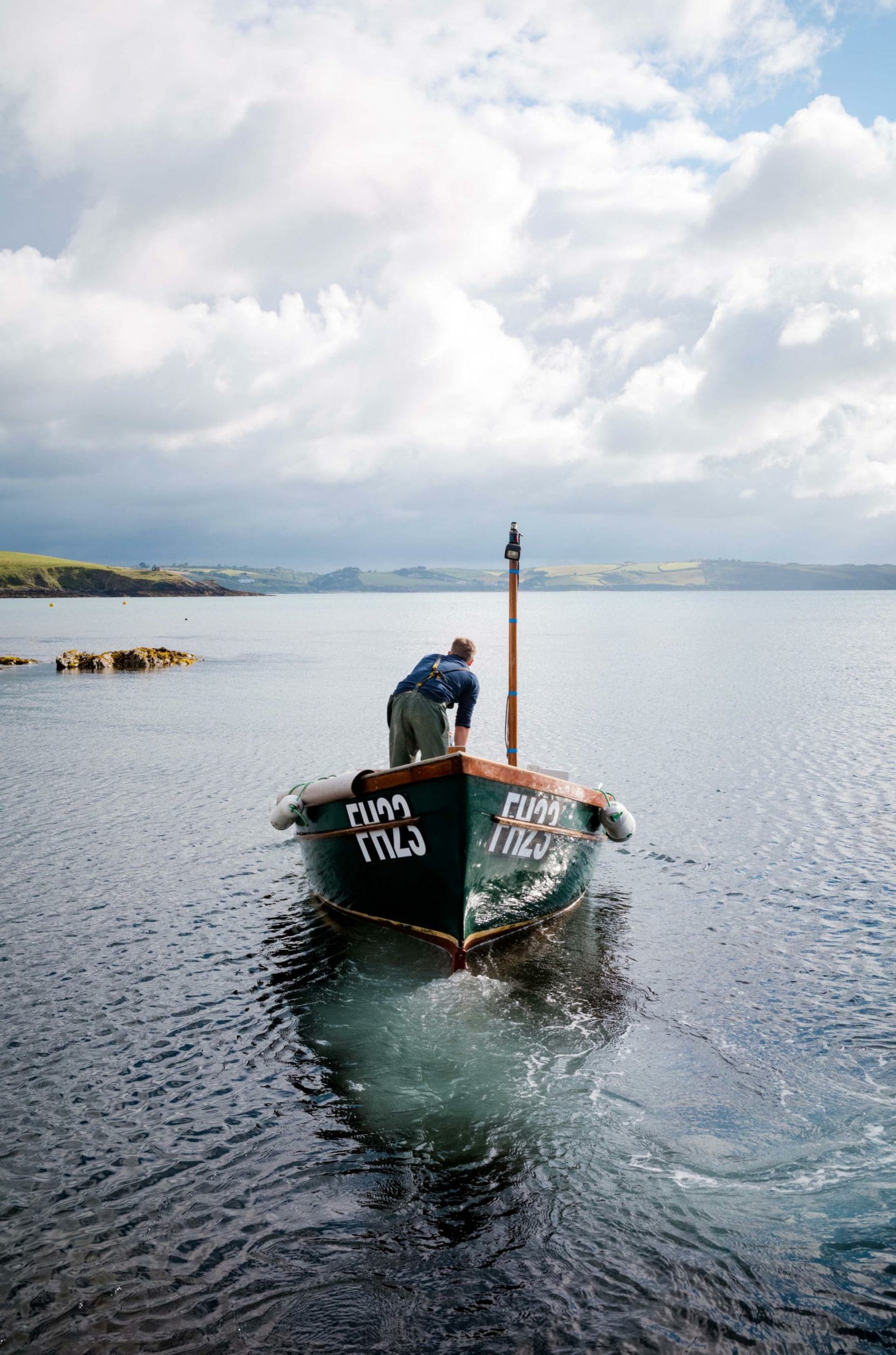
“If you walk around with a Leica camera, people tend to think you’re walking around with your Grandad’s camera, and they expect them to be very non-technological,” Heward says in a nod to the brand’s signature modular style. “Leica has a very good design team and there’ll always be that Leica aesthetic. It harks back to Bauhaus, which is about keeping everything very much essential — both the design and functionality of the product — but at the same time making sure it stands up against any other technology and innovation. In fact, many of the innovations [in the camera industry] come from Leica, not just in terms of megapixels but from stripping down the core elements that a photographer needs and producing cameras that perhaps other brands can’t because theirs are mass manufactured.”
Take the Leica M Monochrom, the world’s first digital black-and-white camera. Unlike a black-and-white mode on a regular camera, which applies a filter to a colour photograph, this special edition model shoots exclusively in black-and-white, harking back to the heyday of film cameras but with all the mod-cons expected of a 21st-century digital camera. “That sums up Leica really,” Heward says. “It has incredible design, uses technology to really fulfil those design wishes and comes up with products that don’t necessarily follow the trend, but create their own paths.”
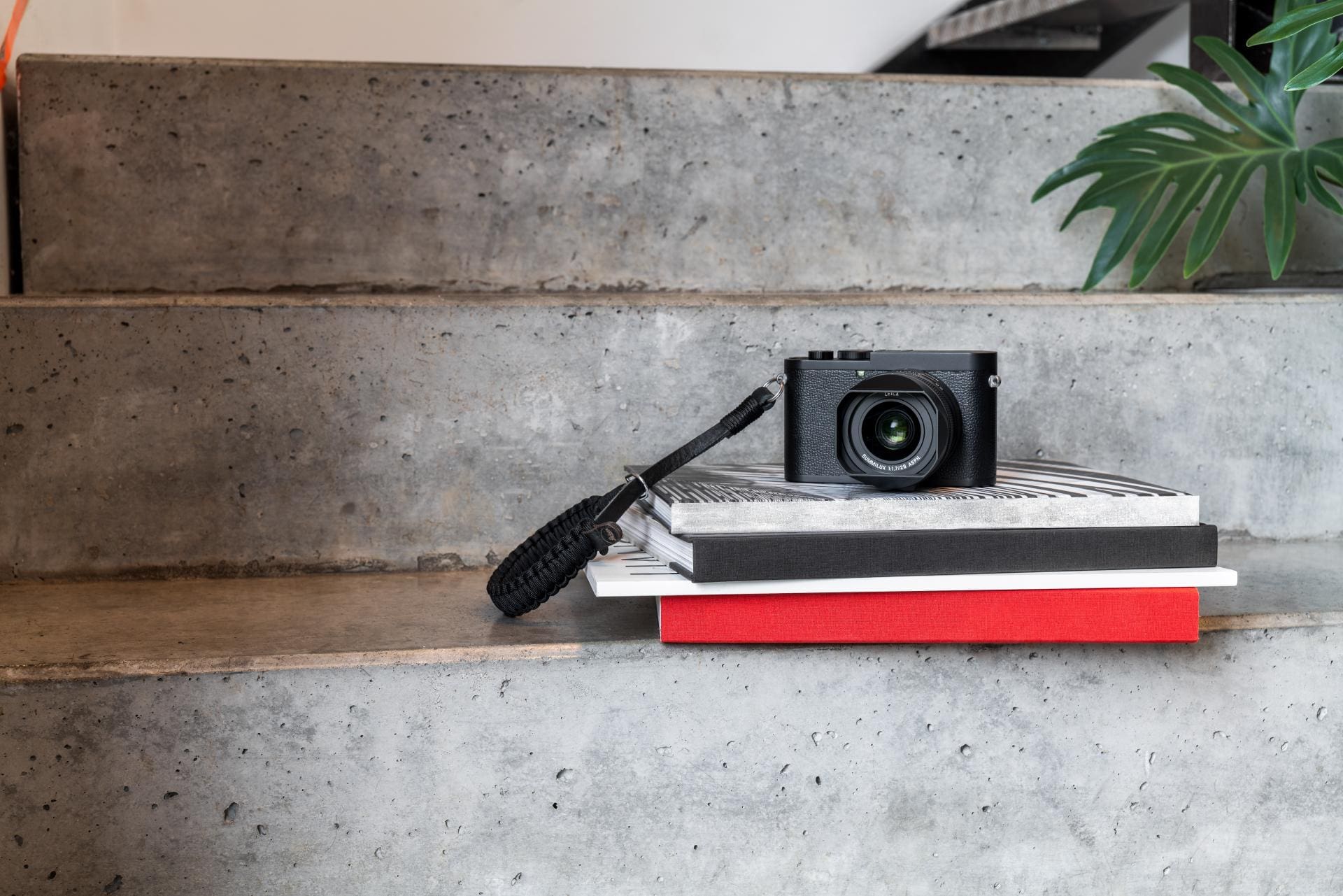
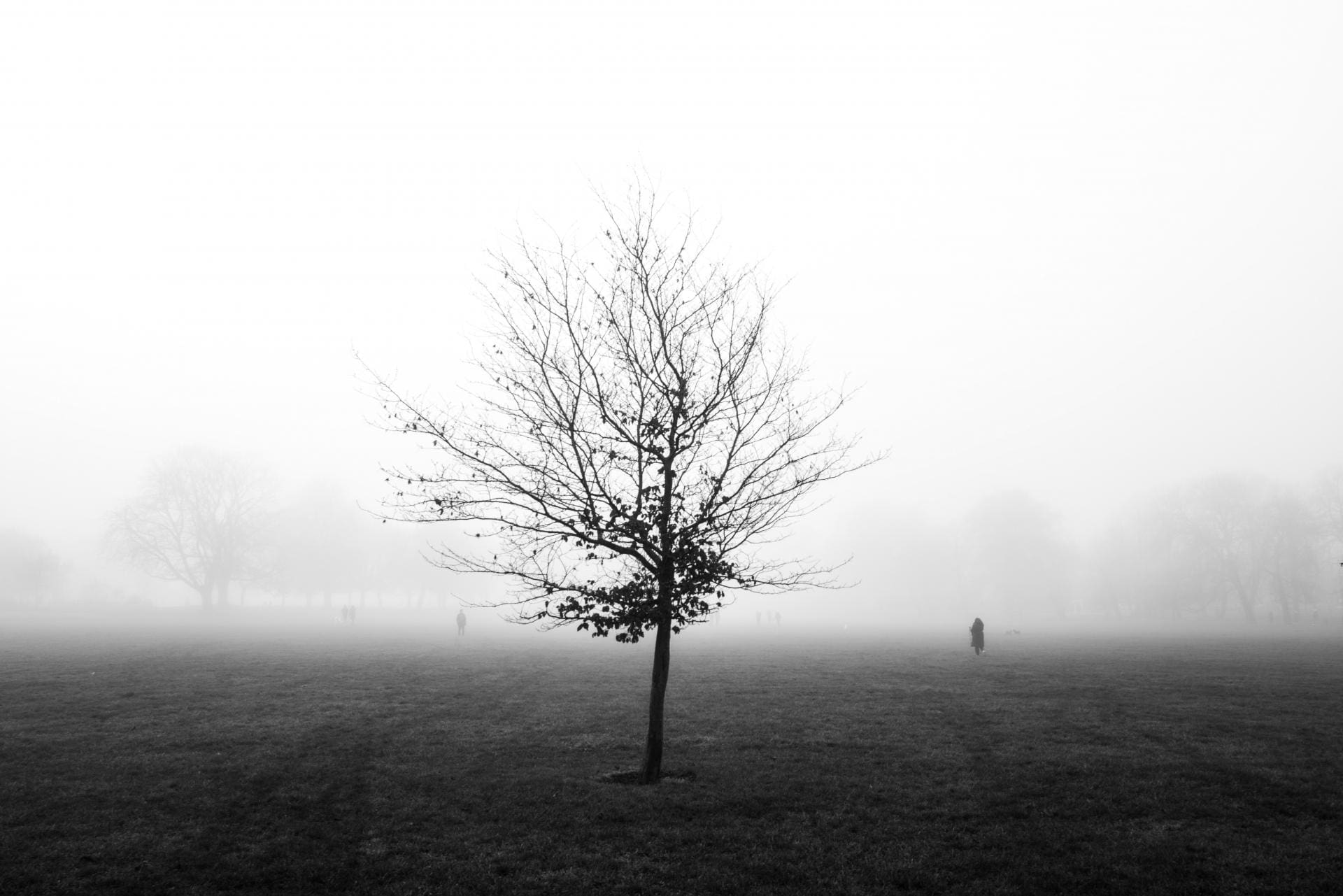
So who’s buying them? Well, Heward says there are three types of Leica customer. There’s the working photographer, who might not use their Leica all the time but will reach for it on special occasions. There’s the “enthusiastic amateur” — people of a “certain age” who are looking for a new hobby and a way to express themselves (“photography is a very accessible art form,” Heward says). And there’s a new wave of young, up-and-coming photographers who “love the Leica aesthetic, love the focus of the brand on the real essence of photography, and who don’t necessarily want to buy one of those cameras that has 32 programmable buttons. They just want to connect with the fundamentals of photography, and Leica’s a good way to do that.”
Perhaps most unusually for a camera brand in 2021, Leica has a large bricks-and-mortar presence, with 80 stores, 24 galleries and a number of educational academies spread across the globe. In 2019, the brand unveiled a flagship store, gallery and training centre on Mayfair’s Duke Street, where camera enthusiasts can buy a full suite of Leica products, receive expert advice on how to use them and admire photographs taken with them — exhibitions in the past have focused on fashion photographers, such as Terence Donovan and Terry O’Neill, and the work of American art photographer Ralph Gibson.
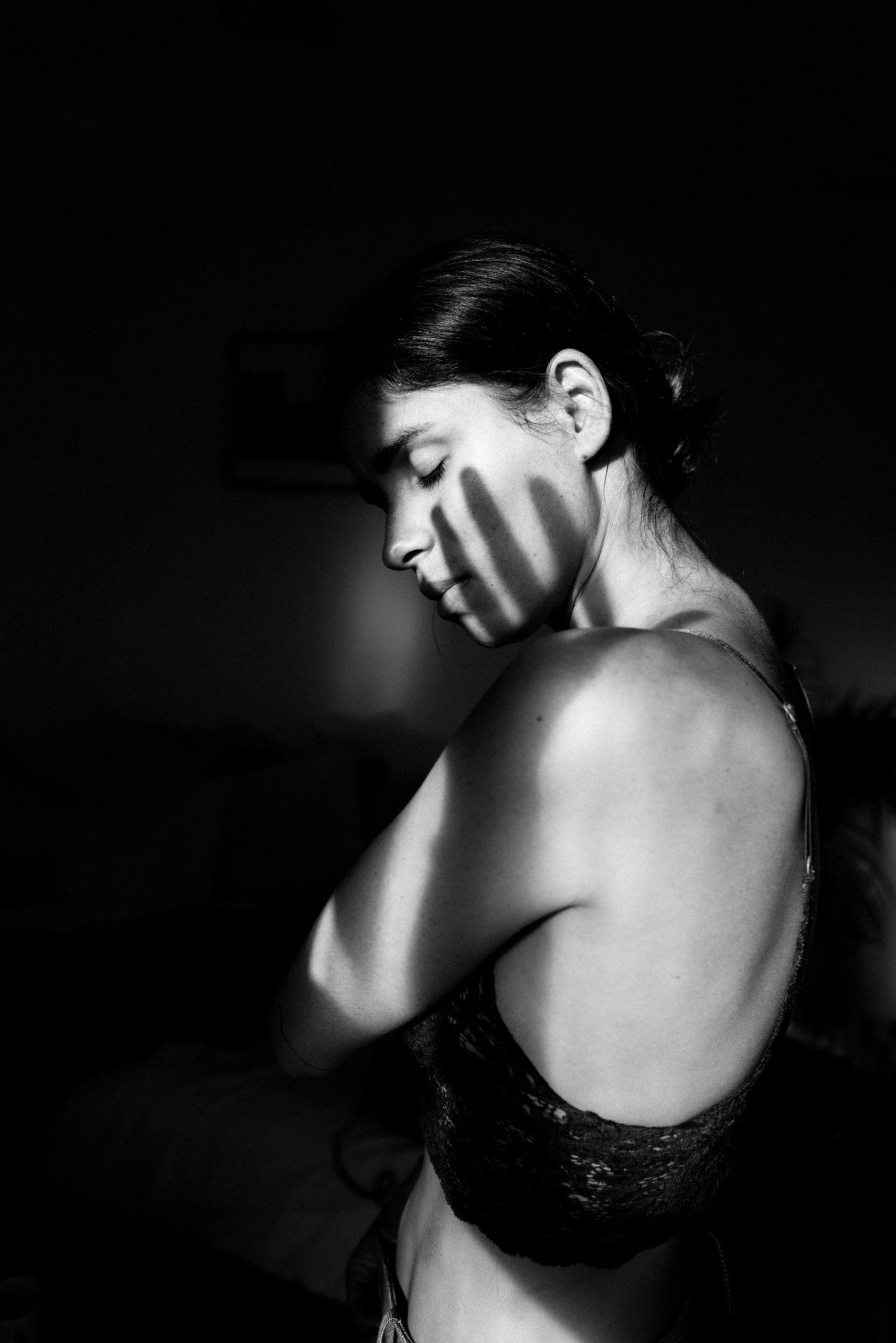
The only drawback to having such a large number of retail outlets is, of course, when a global pandemic arises and they become temporarily obsolete. Overall, Heward says, the brand will come out of this period “relatively unscathed” financially, but like most businesses there have been challenges. “We’re used to spending time face-to-face with our customers and that’s been a challenge really, how we switch from real-time to digital,” he says. “We very quickly put on a whole raft of online training programmes, talks and workshops, so we were able to provide customers with something to pass the time and to carry on their learning in photography. But you still miss that face-to-face element for sure.”
The next hurdle for Leica is simply getting through the next few months, Heward says — but he is feeling optimistic in the face of adversity. “The world will be different in six months time, so it’s just a question of how can we be in the right mindset for that change? I think for us it is around the fact that people will have taken a bit of time for themselves, they will have perhaps thought about what they’re doing and what they want to do, and I think a lot of people will want more of a creative outlet going forward. I think there will be a lot of positives that will come out of this time, and that is around people wanting to live perhaps in a slightly slower way — which is great for photography. We’ve all wanted to be witnesses to what’s happened over the past nine months and I think we’ll probably think more consciously about witnessing what happens from herein as well.” Leica cameras at the ready, then.
Read more: Rare David Bowie images released by London’s Zebra One Gallery








